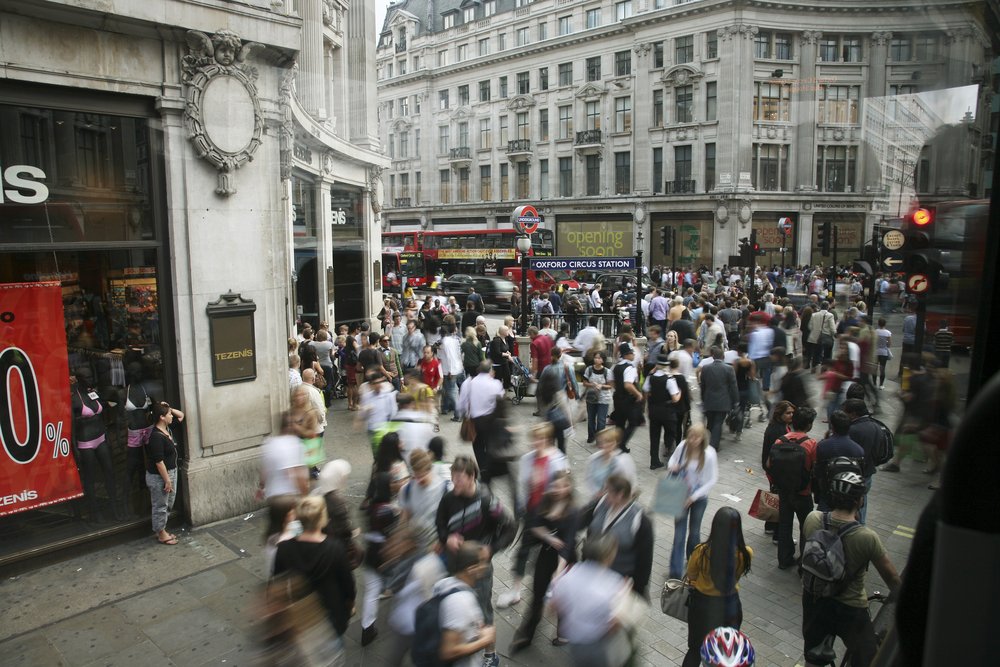footflow™ and AI
footflow™ is a solution for the increasing number of organisations looking for reliable tools for footfall modelling, pedestrian movement analytics and geospatial intelligence.
footflow is not a typical AI-driven application
People often ask us about the role of AI in footflow, a question that doesn’t come as a surprise in a world where most business processes are expected to be accelerated or automated by AI. Yet the purpose of footflow has never been to simply accelerate an existing workflow. Our aim is to reshape how vital decision-making metrics are presented, make them accessible to a wider range of users and strengthen their role in scenario testing.
This naturally leads to the question of whether footflow should be considered an AI solution. This is difficult to answer as a binary yes/no question. The best way to understand footflow is through its outputs – consistent and granular footfall and pedestrian proximity metrics. Its goal is not defined by the technology and processes used in generating these outputs.
footflow currently uses some machine learning
Today, footflow relies on advanced spatial and statistical models, akin to more traditional forms of machine learning. This approach is deliberate, but more time-intensive than more modern AI tools. This raises the question of whether we could simply turn to more advanced AI methods and bypass some of these steps.
The simple answer is that we don’t have a reliable source of ground truth that we feel comfortable using as a training data source. We know that the definition of pedestrian infrastructure requires learning from multiple datasets with multiple layers of bias. Pedestrian infrastructure is conceived in very different ways by a wide range of professional silos who (for entirely valid reasons) operate with their own objectives, norms, conventions and ultimately biases. Just think of how differently pedestrian infrastructure is viewed in highway engineering, shopping mall leasing or operations, transit planning, events crowd management, or the management of leisure walks and trails to name but a few. The most challenging, and arguably most valuable, element of footflow, is the ability to overcome these biases with a common definition and to do this at scale.
footflow will deploy advances in spatial AI tools
As we roll out the core footflow framework, we expect to make greater use of the advances in spatial AI techniques that are emerging. We have already identified specific components that will benefit from advances in natural-language spatial interpretation, visual recognition and generative spatial mapping.
Greater deployment of AI may be crucial to international scalability
Scaling advanced pedestrian footfall analytics internationally is inherently complex due to variation in open data policies, availability of open and commercial data, data privacy legislation and the interpretation thereof. Scaling to jurisdictions with similar data ecosystems is relatively straightforward, but more advanced forms of AI will likely be a prerequisite for scaling to jurisdictions with limited or inconsistent data.
Our background in pedestrian planning makes us acutely aware of the risks of cross-cultural inference in this domain. We remain committed to being transparent about the risks and potential biases of any AI-driven method. As footflow evolves, we will continue to adopt new technologies in a transparent and responsible way to support our goals of accurate and consistent benchmarking.

